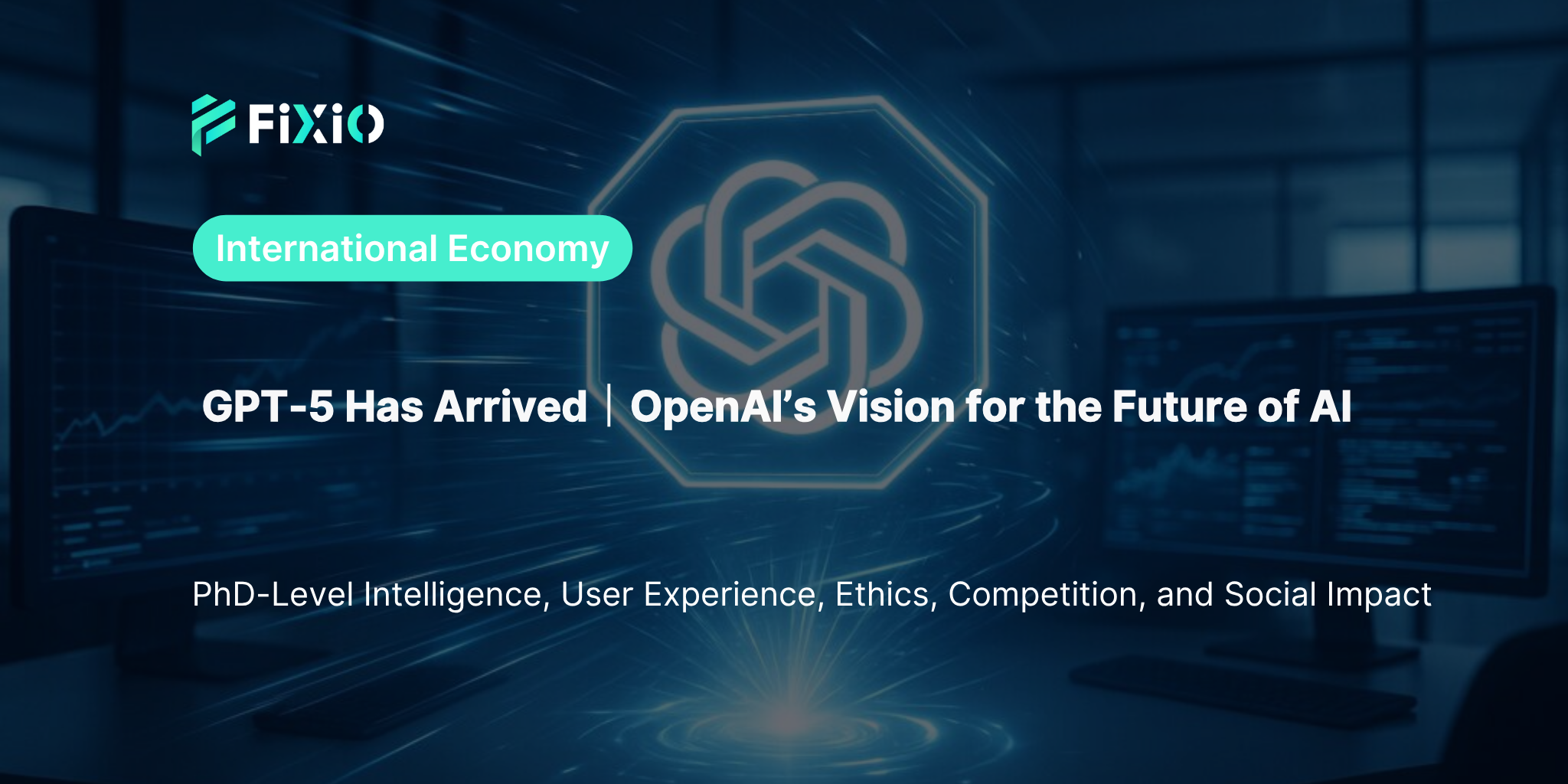
In August 2025, OpenAI officially released its highly anticipated AI model, GPT-5. This new model boasts performance far beyond its predecessors and is positioned as the next-generation intelligence equipped with "PhD-level knowledge and reasoning abilities." While it significantly expands the potential of artificial intelligence, it also reopens important questions around social and ethical issues.
Since the release of GPT-1 in 2018, OpenAI has steadily advanced its models through GPT-2, GPT-3, and GPT-4. GPT-4, released in 2023, already supported multilingual capabilities and complex textual understanding, and was widely applied in education, business, and healthcare.
However, GPT-5 was developed not just as a performance upgrade, but to deliver "a response experience remarkably close to human interaction." OpenAI describes it as a model where logic, ethics, and creativity are deeply integrated, aiming to fundamentally redefine our relationship with AI.
GPT-5 highlights the following technological innovations:
OpenAI CEO Sam Altman stated, “This is no longer just a tool—it is a thinking companion.”
One of the key features of GPT-5 is its reimagined user interaction. OpenAI redesigned the model to avoid offering direct advice and instead act as a navigator that helps users make their own decisions. For instance, in response to emotionally sensitive questions, it now offers reflective questions or choices rather than definitive answers.
This development parallels the emotional connection depicted in the film Her, where a human forms a deep bond with an AI. In reality, the similarity between ChatGPT’s voice and that of actress Scarlett Johansson has sparked discussions about how closely AI should resemble humans and how that affects emotional distance.
As generative AI evolves, issues around copyright and privacy are becoming increasingly prominent. When training data includes the creative works of others, the question arises: who owns the output generated by AI?
Grant Farhall, Product Director at Getty Images, warned, “Are we truly protecting the creators behind the content we see?” Going forward, legislation addressing the sources and usage of training data will be essential.
Rapid growth is also seen in xAI's “Grok,” led by Elon Musk, and Anthropic’s “Claude.” Anthropic even temporarily blocked OpenAI’s access, accusing it of violating API usage terms during model training.
The industry has now shifted beyond mere technological innovation, with competition also intensifying around “trust,” “ethics,” and “transparency.” How each company navigates this environment will heavily influence the future of AI.
Intelligent models like GPT-5 are expected to be applied in roles such as personal tutors in the education sector, patient support in telemedicine, and automation in business operations.
However, challenges such as redefining employment and ensuring the reliability of information are also emerging. Designing a thoughtful division of roles between humans and AI will be increasingly important.
GPT-5 undoubtedly brings us closer to truly intelligent systems. Yet, because of its sophistication, we must confront essential questions—how should we coexist with AI, and to what extent should we trust it?
As we monitor future advancements and regulatory trends, it is up to us to shape a shared future with AI.
For the latest AI news and in-depth analysis, visit the FIXIO Blog.
This article provides a concise overview of GPT-5, covering its technological progress, user experience, ethical issues, and competition. Key terms include Wikipedia links for SEO and reader clarity. A FIXIO Blog link is included for further insights.
Superior trade execution & trading conditions with the NDD method.

The online FX industry provides a platform for investors worldwide to engage in the buying and selling.

Subscribe to our daily newsletter and get the best forex trading information and markets status updates
Trade within minutes!
Comment (0)